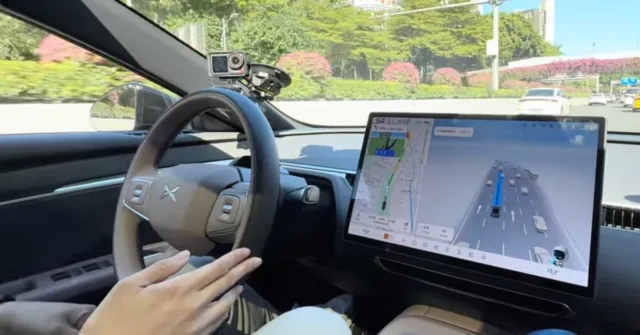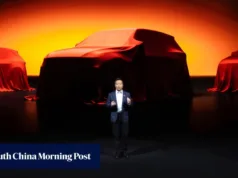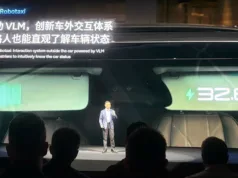
Today, in the margins of Xpeng’s AI Day in Guangzhou, I rode in Xpeng’s latest advanced driver assistance system, its Tesla ‘Full Self-Driving’ (FSD) competitor.
It has the same capabilities as Tesla’s new v14 update, but it is available in a ~$20,000 USD car.
Last month, Tesla released its first major Full Self-Driving (Supervised) update in a year: FSD v14.
The update included new capabilities developed for its “robotaxi” pilot program in Austin, Texas. The main update was the capability to navigate autonomously, under the driver’s supervision, from parking to parking.
Xpeng, a close competitor to Tesla in China, has been devlopping its own advanced driver-assist system similar to Tesla’s. Like Tesla’s, it uses a vision-based approach using only cameras, albeit more cameras than its American competitor.
I rode in an Xpeng Mona 1 with the latest software from my hotel’s underground parking garage to a parking garage in Xpeng’s HW in Guangzhou. The 20-minute drive in busy city streets, highway traffic, and a complex underground garage was flawless.
Here’s my full drive in Xpeng’s new ‘NGP’ (Navigation guided Pilot) advanced driver assist system:
In my experience, it is highly similar to Tesla’s FSD v14, but a reminder that both require constant driver attention, with the driver always responsible for the vehicle.
During its presentation, Xpeng favorably compared the system to Tesla’s FSD v13, which is the latest software available in China. However, as previously highlighted, it has the same “parking-to-parking” capability as Tesla’s latest FSD v14 update (translated through Google).

CEO Xiaopeng said he would travel to the US soon to test and compare Xpeng’s new self-driving system with Tesla’s FSD v14.
The latest NGP system is based on Xpeng’s new VLA 2.0 model unveiled at its AI Day today, and the updated system will be gradually rolled out to consumers starting this year.
The Chinese automaker said that it used 100 million clips from “extreme driving scenarios” to train its new model. Xpeng describes this as the equivalent of the number of scenarios a human driver would encounter over 65,000 years of driving.
While the comparison to Tesla’s FSD are easy, the most impressive aspect of this product is that Xpeng offers it as standard even in its entry-level Mona electric vehicles.
I tested it in my drive above in a Mona 1, which starts 119,000 Chinese yuan (about $17,000 USD).
Meanwhile, Tesla FSD costs $10,000 on top of the price of the vehicle you are going to use it in, which starts at roughly $37,000 for a Model 3.
Electrek’s Take
The cost difference is just astronomical for what is basically the same capacity. It just doesn’t come with the promised of becoming “unsupervised self-driving”, but Tesla has always failed to deliver on that promised.
And you can’t really complain to Xpeng since it is included in the car.
In other words, for a little more than the price of Tesla’s FSD, you get FSD and a brand new car.











